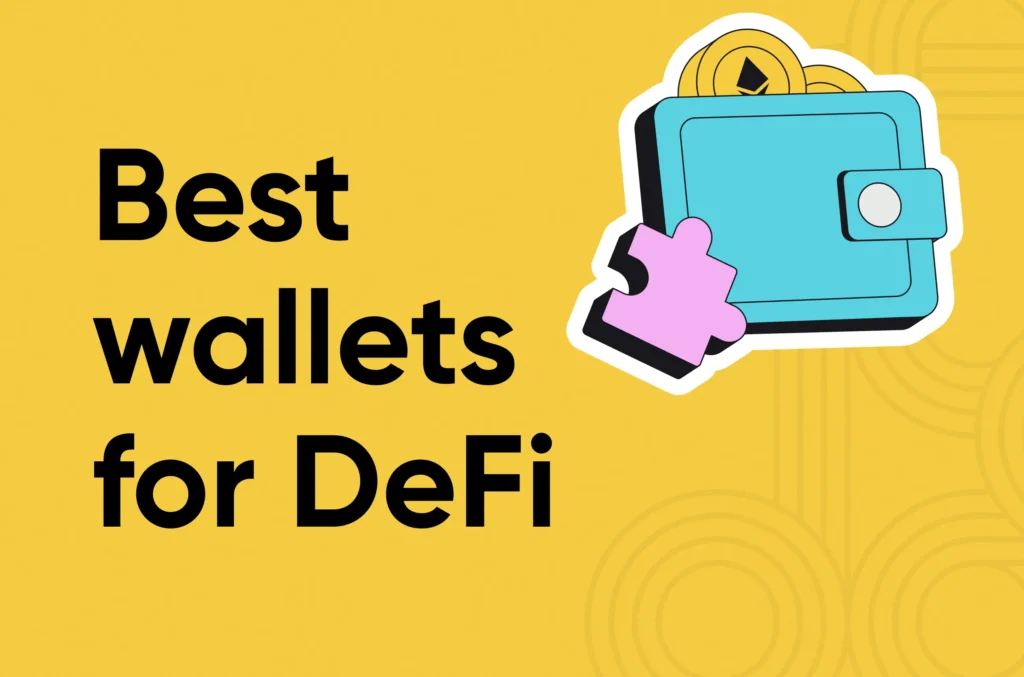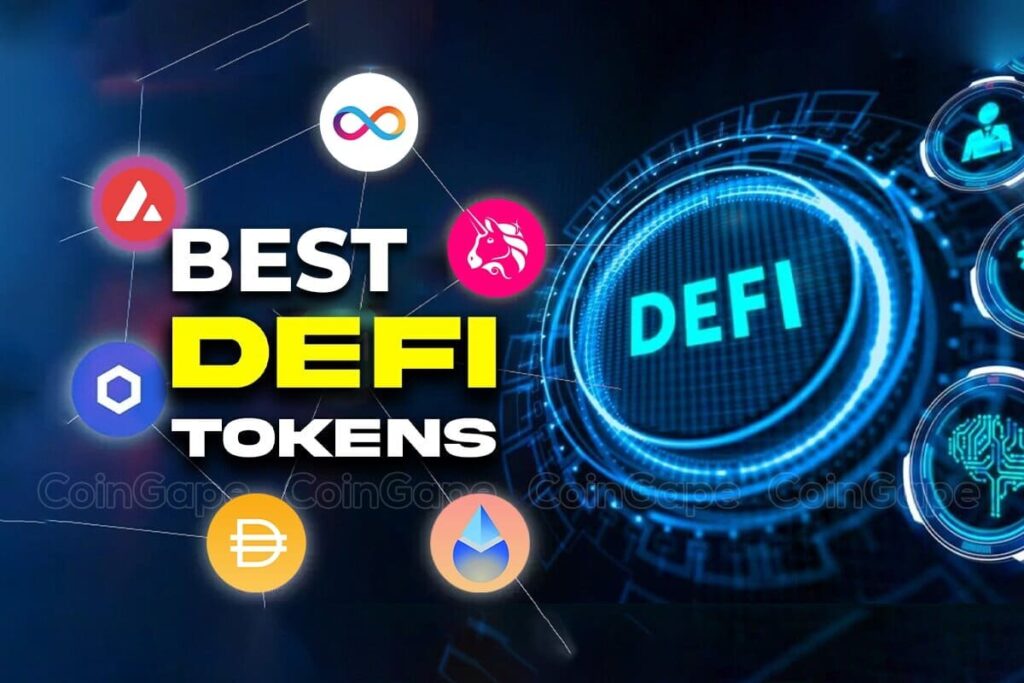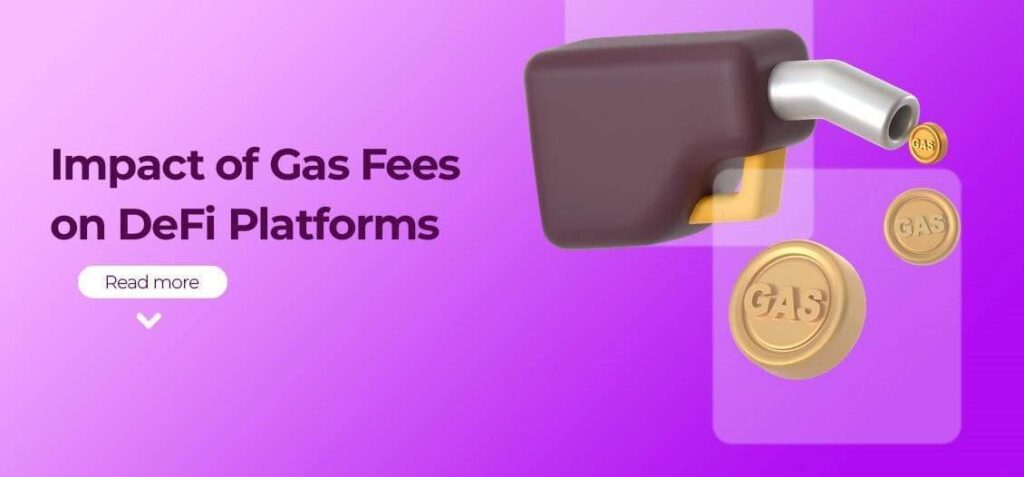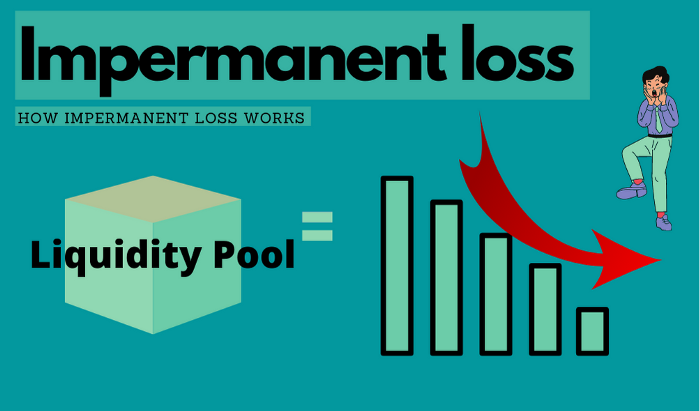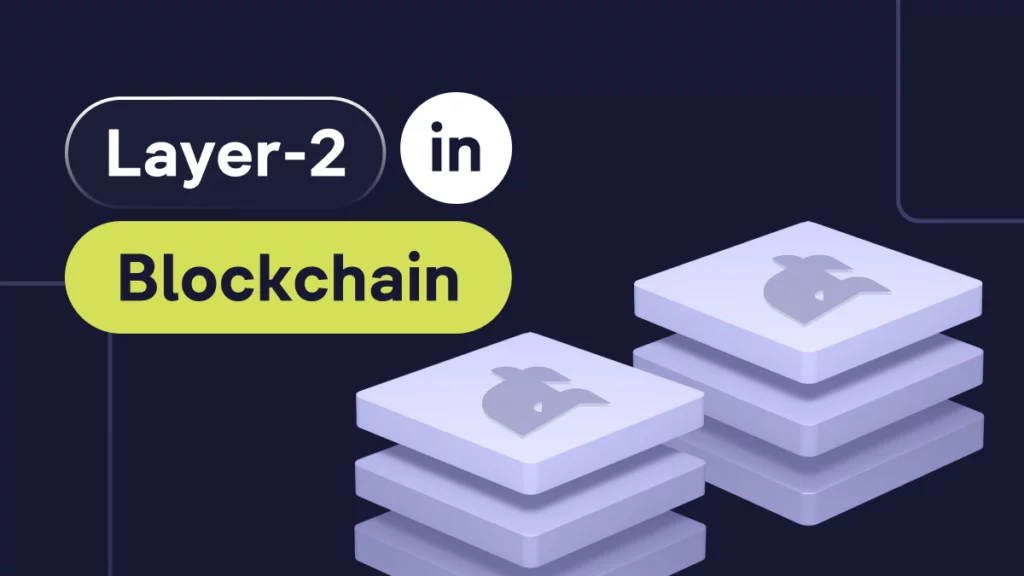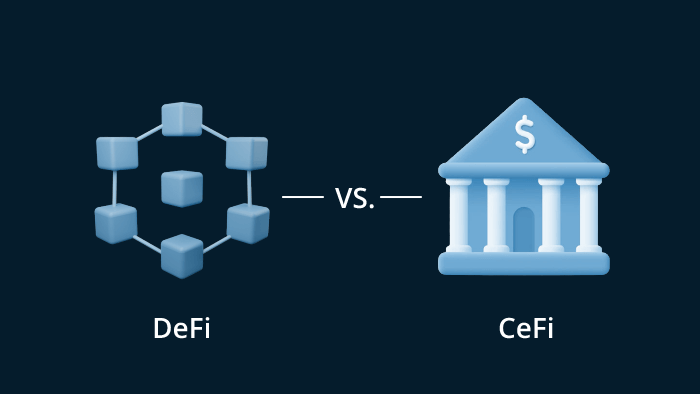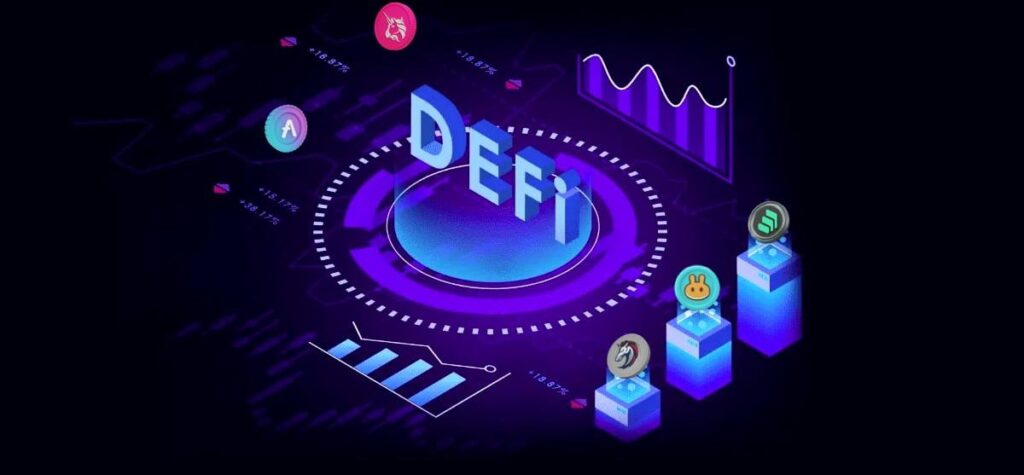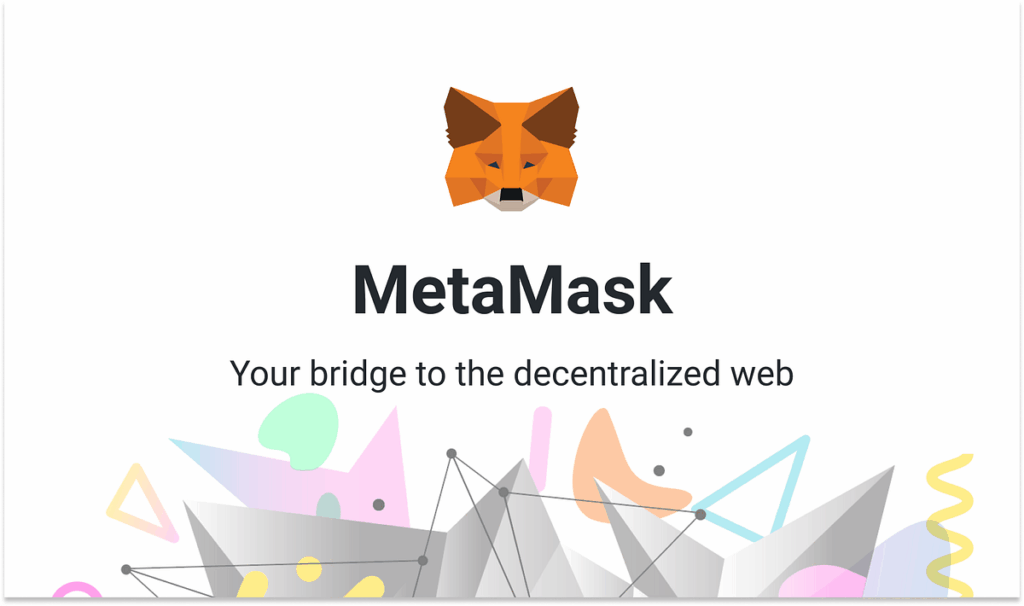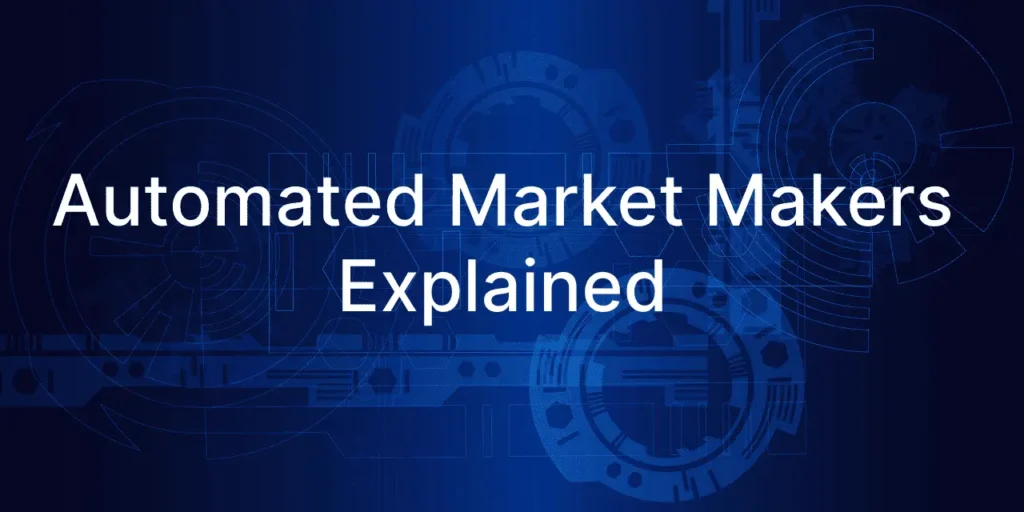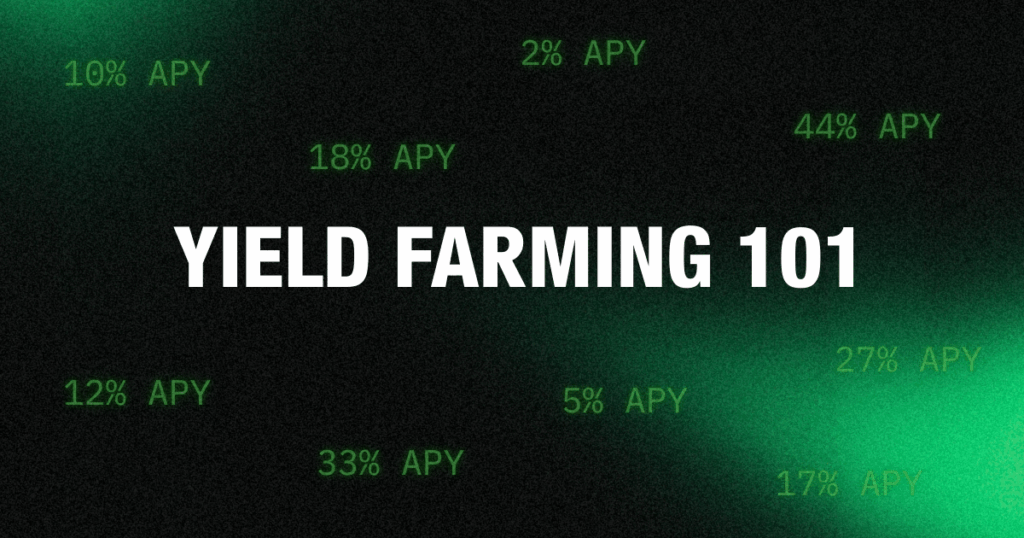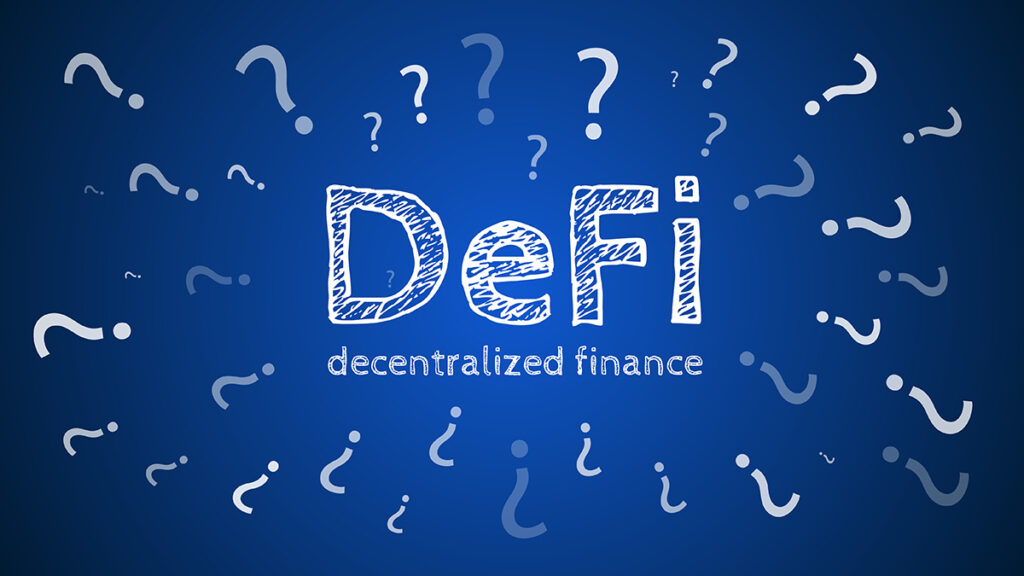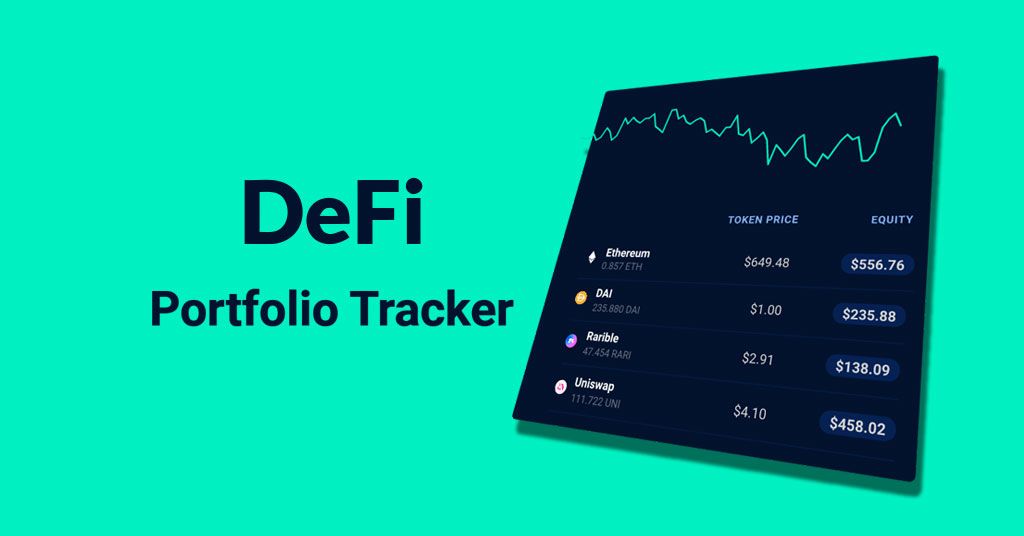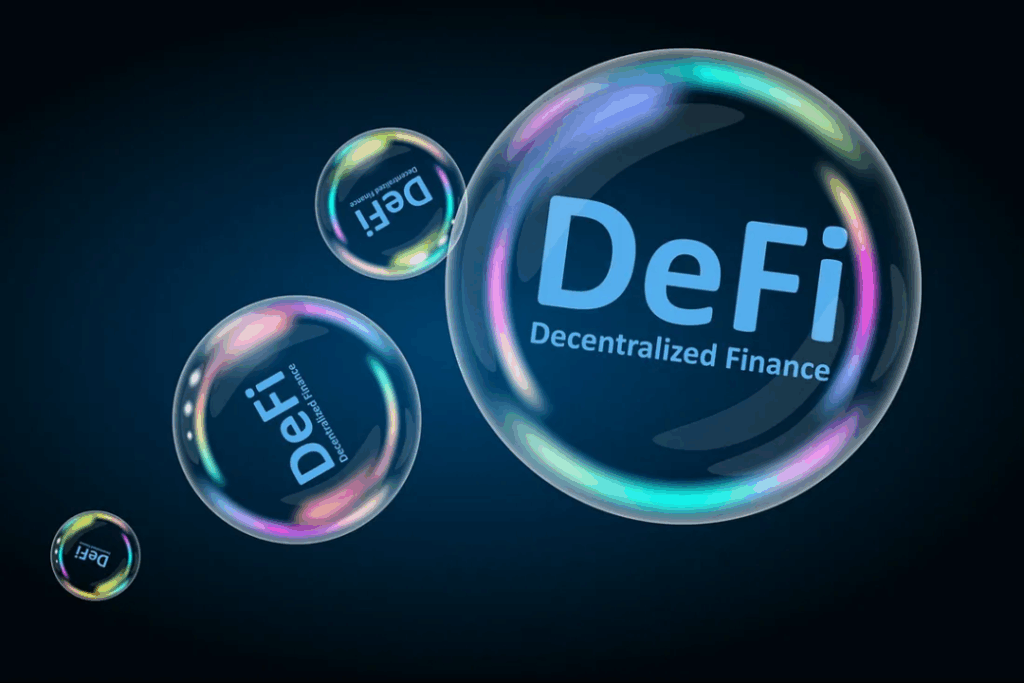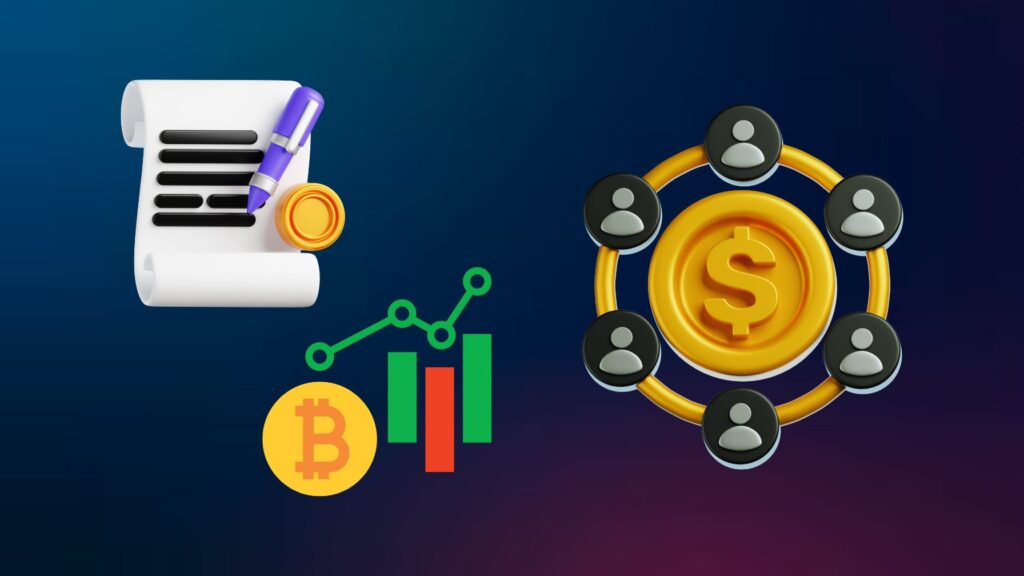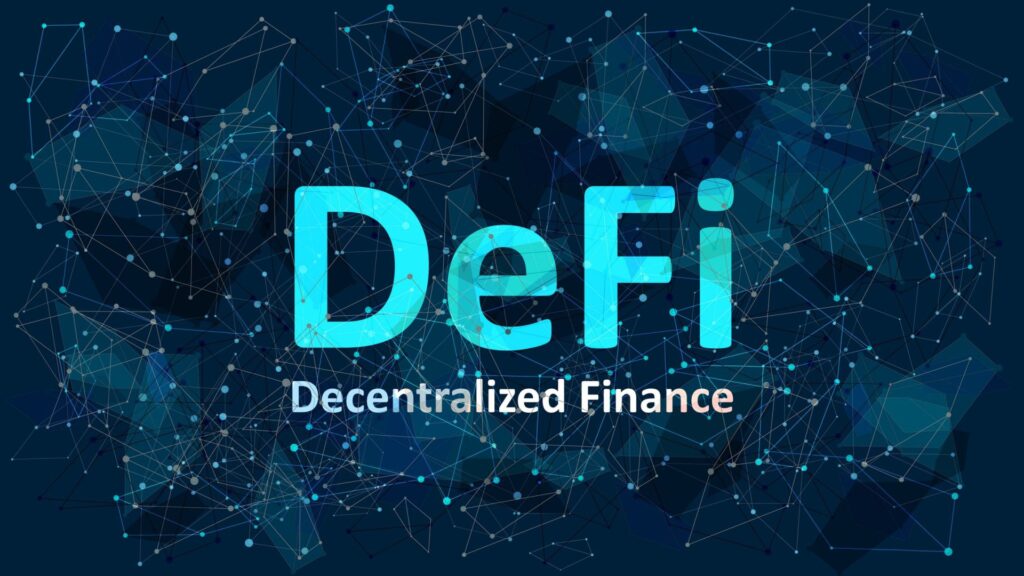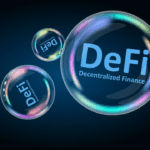Strategic Opportunities for DeFi Crypto Trading
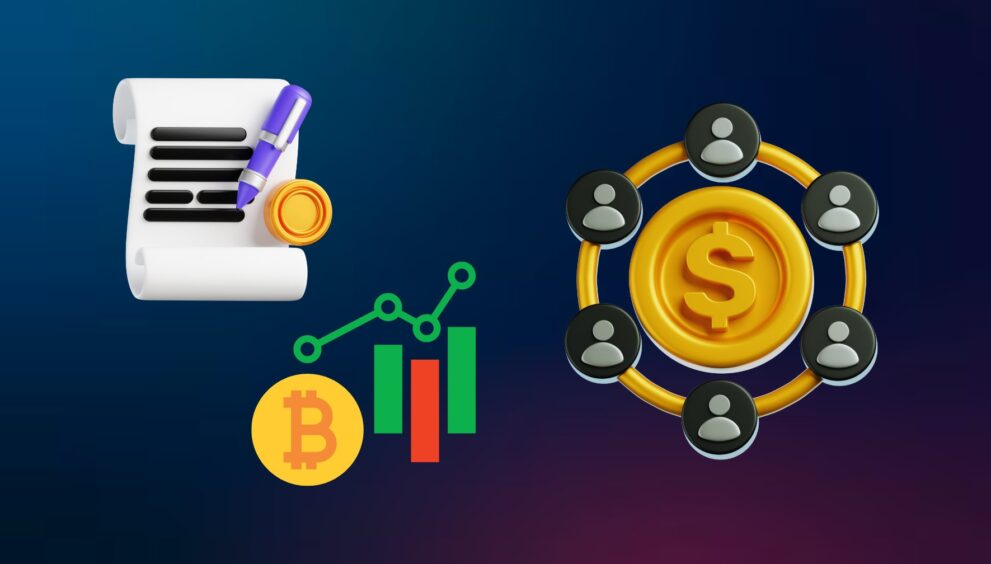
This post explores the various strategic opportunities for trading in decentralized finance (DeFi), including arbitrage, yield farming, and liquidity provision. It also covers the tools and platforms that make these strategies possible and highlights the risks involved.

Arbitrage: Capitalizing on Market Inefficiencies
Arbitrage is a classic trading strategy that exploits price differences for the same asset across different markets. In DeFi, this is especially lucrative due to the fragmented nature of the market, where a single token can have different prices on various decentralized exchanges (DEXs).
- Cross-Exchange Arbitrage: This involves buying a token on one DEX where it’s cheaper and immediately selling it on another where it’s more expensive.
- Triangular Arbitrage: This strategy exploits price discrepancies among three different assets on the same platform. For example, a trader might convert Token A to Token B, Token B to Token C, and then Token C back to Token A, profiting from the slight difference in exchange rates.
- Flash Loan Arbitrage: This advanced strategy, unique to DeFi, allows traders to borrow large amounts of capital without collateral, execute an arbitrage trade, and repay the loan all within a single transaction. This enables them to capture significant profits from price inefficiencies with no initial capital.

Now let’s do a deep dive into each of these opportunities with some practical examples.
1. Arbitrage: Capitalizing on Market Inefficiencies
Arbitrage is a time-tested trading strategy that profits from price differences for the same asset across different markets. In DeFi, this is especially lucrative due to the fragmented nature of the market, where a single token can have different prices on various decentralized exchanges (DEXs).
Types of DeFi Arbitrage:
- Cross-Exchange Arbitrage: This is the most straightforward form. A trader identifies a token that is underpriced on one DEX and overpriced on another. They buy the token on the cheaper DEX and immediately sell it on the more expensive one, profiting from the spread.
- Example: A trader notices that 1 ETH is trading for $2,000 on Uniswap but is priced at $2,020 on Curve Finance. They would buy 1 ETH on Uniswap and sell it on Curve, capturing a $20 profit (minus transaction fees).
- Triangular Arbitrage: This strategy exploits price discrepancies among three different assets on the same platform. A trader converts a starting asset to a second, the second to a third, and then the third back to the starting asset, all within one transaction.
- Example: On a DEX, a trader might convert ETH to DAI, then DAI to USDT, and finally USDT back to ETH. If the final ETH amount is greater than the initial amount, an arbitrage profit has been made.
- Flash Loan Arbitrage (Advanced): This is a powerful and unique DeFi strategy that allows traders to execute arbitrage with no upfront capital. A flash loan lets a user borrow a large sum of money from a lending protocol (like Aave) without collateral, under the condition that the loan is repaid within the same blockchain transaction.
- How it Works:
- Borrow: A trader’s smart contract takes out a flash loan of 10,000 USDC.
- Trade 1: The contract uses the 10,000 USDC to buy 5 ETH on Uniswap (at a rate of 1 ETH = 2,000 USDC).
- Trade 2: The contract then sells those 5 ETH on Curve for a total of 10,100 USDC (at a rate of 1 ETH = 2,020 USDC).
- Repay: The contract repays the original 10,000 USDC loan plus a small fee (e.g., 0.09% or 9 USDC).
- Profit: The entire process happens in one atomic transaction, leaving the trader with a profit of 91 USDC. If any step fails, the entire transaction is simply reverted.
- How it Works:
2. Yield Farming & Liquidity Provision: Earning Passive Income
Yield farming is a way to earn passive income on your crypto assets by providing liquidity to DeFi protocols. It’s the engine that powers the entire DeFi ecosystem.
Liquidity Provision Explained:
DeFi’s decentralized exchanges and lending protocols don’t use a traditional order book. Instead, they rely on Liquidity Pools. These are pools of two different tokens locked in a smart contract. Users who contribute their tokens to these pools are called Liquidity Providers (LPs). In return for providing the liquidity that enables trades, LPs earn a portion of the trading fees generated by the pool.
- How to Become an LP:
- Select a Pool: Choose a token pair on a DEX, such as ETH/USDC on Uniswap or a stablecoin pair on Curve.
- Deposit Assets: You must deposit an equal value of both tokens into the pool (e.g., $1,000 in ETH and $1,000 in USDC).
- Receive LP Tokens: The protocol issues you special “LP tokens” that represent your share of the pool.
- Earn Rewards: As traders use the pool to swap assets, you automatically earn a percentage of the transaction fees.
- Real-World Example (Yield Aggregators): Platforms like Yearn Finance and Beefy Finance automate this process. They allow users to deposit a single asset, and the protocol automatically deploys it to the most profitable yield farming strategies across various platforms (like Aave, Compound, and Uniswap) to maximize returns. This simplifies a complex process for users and is a prime example of composability in DeFi.
3. Key Tools and Platforms
Navigating the DeFi landscape requires the right tools and a solid understanding of the most popular platforms.
- Decentralized Exchanges (DEXs):
- Uniswap: The largest and most popular DEX. Known for its liquidity pools and innovative concentrated liquidity model (V3).
- Curve Finance: A DEX specializing in stablecoin swaps and other similarly priced assets, known for its high efficiency and low slippage.
- Lending Protocols:
- Aave: A leading lending protocol that allows users to lend and borrow a wide range of assets, famous for pioneering flash loans.
- Compound: Another major lending protocol that offers algorithmic interest rates based on supply and demand.
- Wallets:
- MetaMask: The most widely used Web3 wallet, essential for connecting to and interacting with virtually every DeFi protocol.
- Ledger/Trezor: Hardware wallets that provide the highest level of security by storing your private keys offline.
- Analytics Tools:
- DeFi Llama: The most comprehensive DeFi dashboard, providing crucial data on Total Value Locked (TVL), protocol rankings, and network statistics.
- Dune Analytics: A powerful tool for granular, on-chain data analysis, allowing users to build custom dashboards to track specific metrics.
4. Risks to Consider
While DeFi trading offers significant opportunities, it’s not without its risks. A savvy trader must be fully aware of them.
- Impermanent Loss: This is a key risk for liquidity providers. It occurs when the price of your deposited assets changes relative to each other. Your assets in the liquidity pool are automatically rebalanced, and when you withdraw them, their dollar value may be less than if you had simply held them in your wallet. The loss is “impermanent” because it will disappear if the asset prices return to their initial ratio, but this is not guaranteed.
- Smart Contract Vulnerabilities: DeFi protocols are run by code. If a bug or security flaw exists in that code, it can be exploited, potentially leading to a total loss of funds.
- Market Volatility: The crypto market is notoriously volatile, which can lead to rapid and unpredictable losses, regardless of your strategy.
- High Gas Fees: On certain networks like Ethereum, transaction fees (gas) can be very high, eating into profits and making micro-transactions unfeasible.
Conclusion
DeFi presents a new frontier for crypto trading, with unique strategic opportunities that go beyond traditional finance. From capitalizing on arbitrage opportunities to earning passive income through yield farming and liquidity provision, the potential for savvy traders is significant. However, these opportunities come with their own set of risks, and success requires a deep understanding of these strategies, constant vigilance, and a commitment to risk management. As the ecosystem continues to evolve, new opportunities will emerge, making DeFi a dynamic and rewarding space for those who are prepared to navigate its complexities.
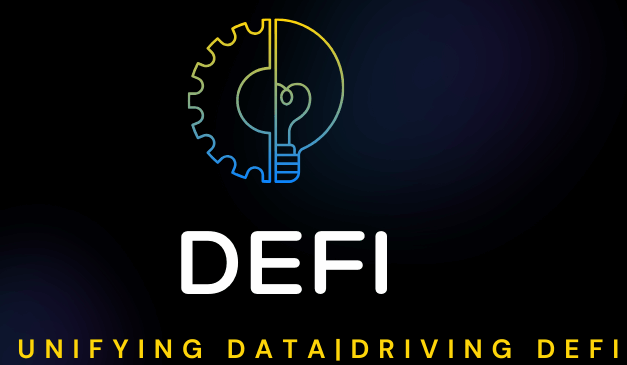

 English
English 